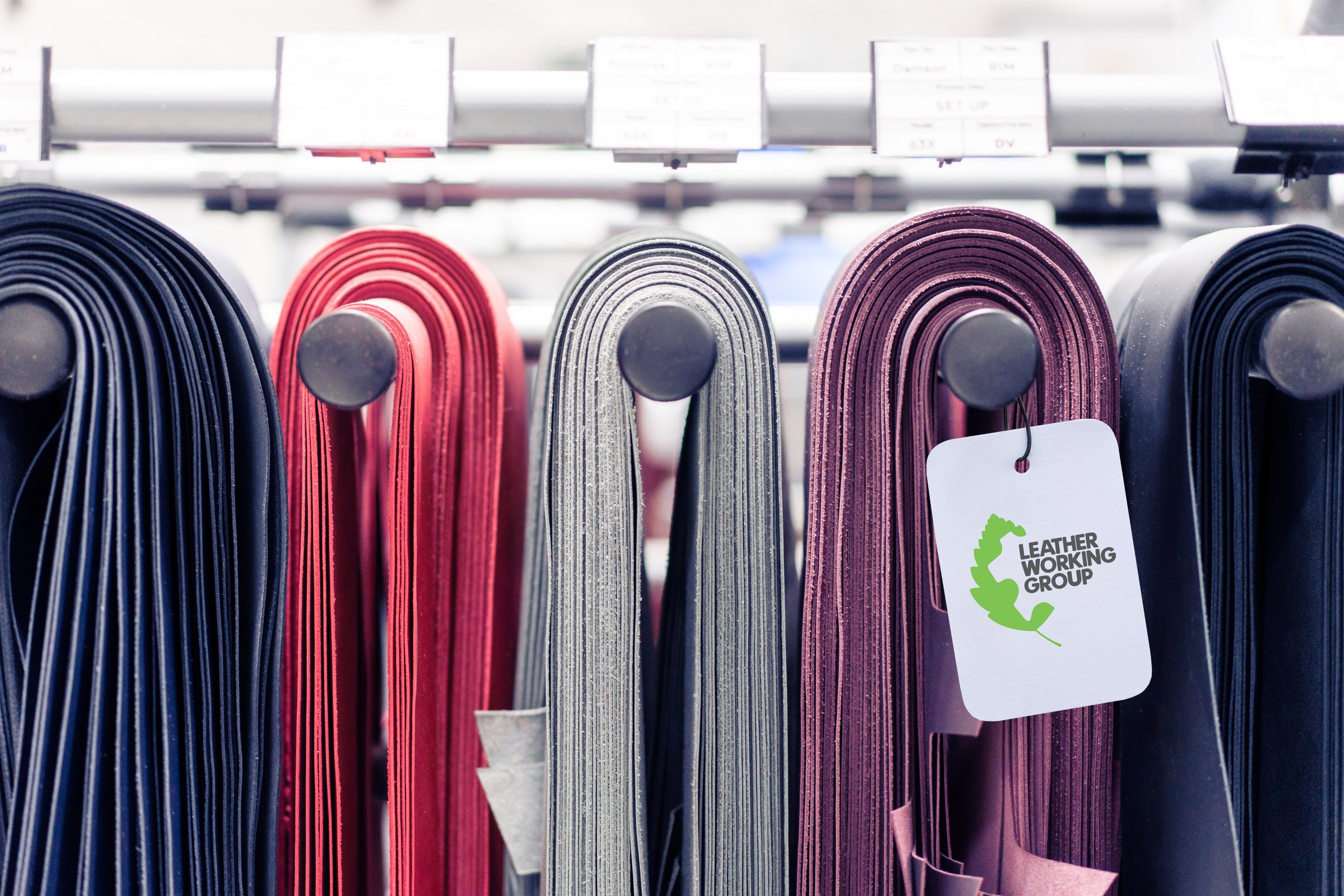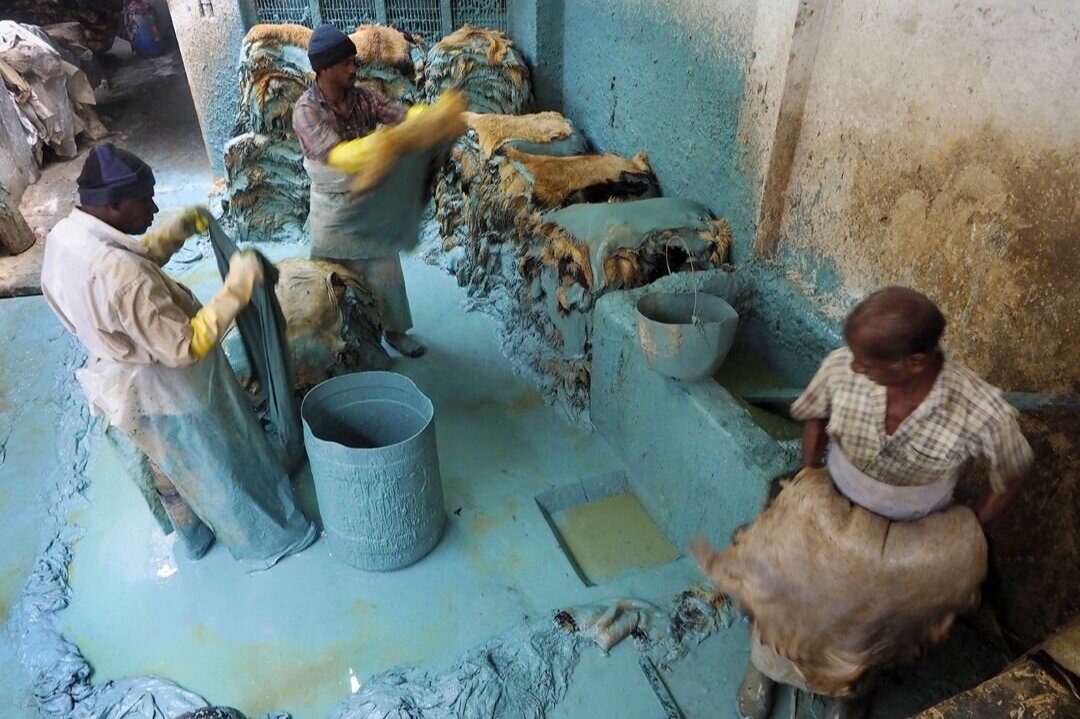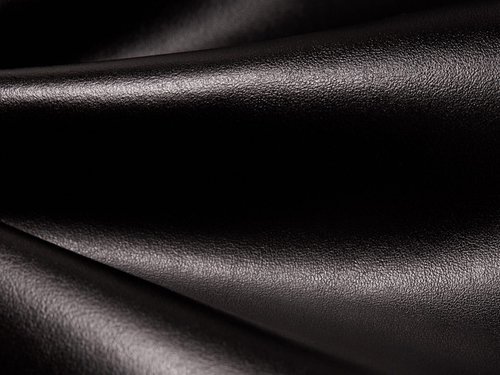What is the Leather Working Group certification, and does it make for sustainable and ethical leather?
Brands using Leather Working Group (LWG) certified leather claim to offer more sustainable and transparent leather goods. But what does the LWG auditing process and certification actually consider, and does it make for leather that is better for the planet?
What is the Leather Working Group?
The Leather Working Group (LWG) is “a group of brands, retailers, product manufacturers, leather manufacturers, chemical suppliers and technical experts that have worked together to develop a environmental stewardship protocol specifically for the leather manufacturing industry.”
”The group endeavours to promote improvement in the leather manufacturing industry by creating alignment on environmental priorities by bringing visibility to best practices and providing guidelines for continual improvement.”
The Leather Working Group believes that ‘environmentally preferred leather can be defined by two key parameters: 1. How the leather is manufactured. 2. The inputs used to manufacture it.’
What part of the supply chain does the LWG audit and certify?
While brands using LWG certified leather state that by sourcing leather with the Group they are working to improve traceability of their leather, LWG certification is only for tanneries.
LWG certification does not ensure a transparent supply chain beyond the leather tannery. Transparency at tanneries specifically is important for two reasons:
Chemical pollution
More tanneries appear on the Environmental Protection Agency’s Superfund list than any other business type, and 95% of once US-based tanneries have moved operations overseas to avoid environmental oversight penalties – exporting the problem.
Every day, as much as 22,000 cubic metres of untreated waste-water flows through communities and into the river Ganges in India – a major tanning country – where humans and non-humans drink and bathe.
Almost all leather is tanned with chemicals including chromium (90%), formaldehyde, and arsenic. These are known carcinogens.Worker health and safety
Because of the toxic chemicals most often used in leather production, tannery workers suffer. These workers face higher rates of cancer and other sickness due to the chemical exposure.
What’s more, many tannery workers are exploited. Even in Italy, where leather tanneries are considered luxurious, human rights abuses – particularly against migrant communities –run rife in the industry. Illegal and undeclared work, low hour contracts, job insecurity and health risks are all found to be a widespread reality.
Workers in India handling blue chromium-covered skins. ~90% will be exported to countries in the west. // Image: Larry C. Price
What does LWG look for in their auditing of tanneries?
A LWG audit of a leather manufacturing facility takes place over two days, and is valid for two years.
The LWG auditing process involves hundreds of questions, and the scope of the full and most current auditing process can be found here. While there are many elements of the tannery process that LWG does cover, there are some concerning aspects left out of the audit:
Despite the serious harms that can impact tannery workers, the LWG does not conduct social auditing, and it is possibly to achieve ‘gold status’ without any social audit, though this may change as protocol evolves.
Some very limited worker health and safety auditing does take place, focussing mostly on access routes, machinery guards and emergency plans. Here, an audit score of just 50% is considered a pass.
No further worker safety assessment is made, in fact, in the LWG’s FAQ, the question ‘is worker safety assessed in this audit?’, the answer begins: ‘No. The focus is environmental issues.’
Given the many issues associated with chemical-related health issues, illegal, undeclared work, and so on, this is a significant missing aspect of this certification, which claims to ensure ‘ethical leather’ – a claim explored further below.
What parts of the leather supply chain are not audited in the LWG certification process?
As a tannery-only audit, slaughterhouses and cattle ranches are not audited.
There are many issues with claiming leather production can support environmental stewardship, without considering supply chain tiers beyond the tannery:
Wastewater at the Yad Hanna Wastewater Treatment Plant bloodied by the detritus from slaughterhouses in the city of Tulkarem // Image: Alon Heyman
Slaughterhouses: environmental impacts
Slaughterhouses can have significant and negative impacts on the land and water surrounding them, just as with tanneries. The Food and Agricultural Organisation recognises slaughterhouses to have a high local polluting potential, in particular, due to the direct discharge of wastewater into freshwater courses, and due to surface runoff from slaughtering areas.
Eutrophication is the over-enrichment of water with nutrients and minerals, leading to excessive algae growth that makes water appear green. As a result, water can be depleted of oxygen, causing ‘dead zones’ and killing aquatic life. Slaughterhouses – even in wealthier countries and places like the United States – are known to dump waste (which includes blood, bones, intestines, urine and faeces) into freshwater ways, which lead to oceans.
The environmental impact of slaughterhouses must be considered in leather supply chains, as cattle skins are valuable co-products of cattle flesh sold as meat. When individual slaughterhouses have not been able to sell skins, even due to a rise in the popularity of leather alternatives, they have reported multi-million dollar losses.
Cleared Amazonian land // Image: Ana Terra Athayde / Vox
Cattle ranches: environmental impacts
80% of Amazonian deforestation is caused by the rearing of cattle, and Brazil is the third most significant bovine skin exporter. The Leather Working Group aims to eliminate deforestation from certified supply chains by 2030, but until then, this habitat destruction has been tied to the certification which promisees to be responsible.
A stand.earth report found that a large number of brands selling leather goods, including those using Leather Working Group certified leather, were connected to and likely funding the deforestation of the Amazon. These brands existed across the luxury and high street sectors. This is unacceptable, and makes a mockery of any LWG claims to sustainability.
Global habitat destruction
Land clearing is not only an issue in the Amazon, but globally. 93% of all land degradation in the Australian state of Queensland – where most deforestation occurs – is caused by cattle ranching. This habitat destruction has resulted in native koalas being moved from ‘vulnerable’ to ‘endangered’ species classification. Similar stories of land use for cattle ranching are told across the globe.
Amidst a global biodiversity crisis in which we have entered the sixth recorded mass extinction period, this time entirely human-induced, land-intensive supply chains, like those producing leather, are seriously problematic. The United Nations recognises animal agriculture, and specifically the ranching of animals such as cattle, as a serious environmental problem which must be addressed immediately.
Emissions
A part of the United Nations’ urgency to remedy the situation caused by farmed animal production is tied to greenhouse gas emissions.
The FAO has found that emissions from animal agriculture are more significant than the exhaust emissions from every transportation vehicle - planes included - in the world. The majority of these emissions are tied to cattle rearing.
The Leather Working Group claims to be associated with ‘ethical leather’. Does the certification ensure ethics in any way?
Not only does LWG not audit certified tanneries on proper worker health and safety, it completely ignores a host of other ethical issues, most egregiously:
The mental and physical harm slaughterhouse jobs cause workers
The issue of forced and unjust labour on cattle ranches
The exploitation, mutilation and slaughter of cattle themselves
Though further separated from the supply chain, the health and safety impact of slaughterhouses on surrounding communities, and the wellbeing of Indigenous communities whose stolen land cattle ranches stand on, are also not considered.
To focus on those individuals directly harmed in leather supply chains that may be LWG certified, we will focus on the three highlighted impacts:
Slaughterhouses: impact on workers
Given the gruesome and disturbing nature of slaughterhouse work, it is perhaps not surprising that vulnerable communities are over-represented in the workforce. People of colour, undocumented migrants, refugees and people with lower education levels are disproportionately represented in this workforce. These people face a both physical and mental struggles:
Injuries are extremely common in slaughterhouse. In the UK, an average of two slaughterhouse workers are injured every week. In the US, two amputations are required each week, and Human Rights Watch referred to their factory job as the most dangerous in the country. Human deaths are not uncommon in slaughterhouses, in part due to constantly increasing slaughter line speeds full of sharp and dangerous weapons and tools.
The mental health impact of slaughterhouse work cannot be overlooked. Perpetration-induced traumatic stress (PITS) is a trauma-related mental health issue caused by being ‘the direct reason for another being’s trauma’. Symptoms, as with PTSD, include ‘drug and alcohol abuse, anxiety, panic, depression, increased paranoia, a sense of disintegration, dissociation or amnesia. PITS is commonly suffered by slaughterhouse workers, with symptoms incorporated into what Yale Global Health Review labelled “psychological consequences” of the act of killing.’
REUTERS / Pilar Olivares
Cattle ranches: impact on workers
Cattle ranching in Brazil accounts for more than 60% of the nation’s Dirty List - a list of employers that are linked to labour trafficking, debt bondage and other forms of forced labour. Forced labour on cattle ranches in leather supply chains across Paraguay and Vietnam has also been documented, alongside instances of poor working conditions and labour trafficking.
Farm workers can also experience negative mental health outcomes due to the work. Workers on cattle farms have stated that the job is ‘soul destroying’, and that witnessing and partaking in some of the cruelties - such as standard mutilations and calf seperation – is ‘horrifying’.
Cattle ranches and slaughterhouses: impact on cattle
Of course, we cannot talk about the ethics of animal-derived materials, without talking about non-human animals themselves. Cattle are sentient, thinking and feeling individuals who are reduced to profitable commodities through violence and killing by the leather industry. In leather supply chains – even in countries with what are considered ‘higher animal welfare laws’ – cattle are often and legally:
Forcibly ejaculated and impregnated
Separated from their mothers, causing documented distress
Mutilated with sharp and hot instruments which brand their skin, cut off their sensitive, nerve-filled horns and in the case of males, their testicles. This most often occurs without any pain relief
Shot in the head with a captive bolt gun, before their throats are sliced open and they are bled out
In many instances in high leather production countries, treatment of cattle is even worse, and live skinning has even been documented. The two top producers of skins used for leather are India and China. Here, slaughter is not monitored or controlled to the same (still very minimal and ineffective) degree it is in other countries, and China has no nationwide laws to protect animals.
Despite LWG certified leather being considered the most responsible available, claims of ‘ethical leather’ by the Leather Working Group completely disregard the safety of human workers, and the wellbeing and lives of cattle themselves.
Desserto, a cactus-derived, partly bio-based leather alternative produced more sustainably and ethically.
Mirum, a plastic-free leather alternative that is completely bio-based, and adaptable to different applications.
So, does the Leather Working Group certification ensure sustainable and ethical leather production?
With no accountability for the massive environmental impacts related to climate and deforestation caused by leather supply chain tiers before tanneries, no effective social auditing of workers anywhere in the supply chain, and no regard for cattle and their wellbeing, it cannot be said that LWG ensures even basic levels of sustainability or animal welfare – let alone anything more acceptable.
If ethics and sustainability are key to the sourcing and wearing of materials for brands and citizens, animal-derived leather must be avoided.
Fortunately, there are plenty of total ethics alternatives to leather which are more sustainable, fairly produced, and free from animal harm.
Published on February 16, 2022, updated in September of 2022. Please note that certifications and protocols are updated, so information may change. CFJ endeavours to keep this document up to date with regular reviews.












